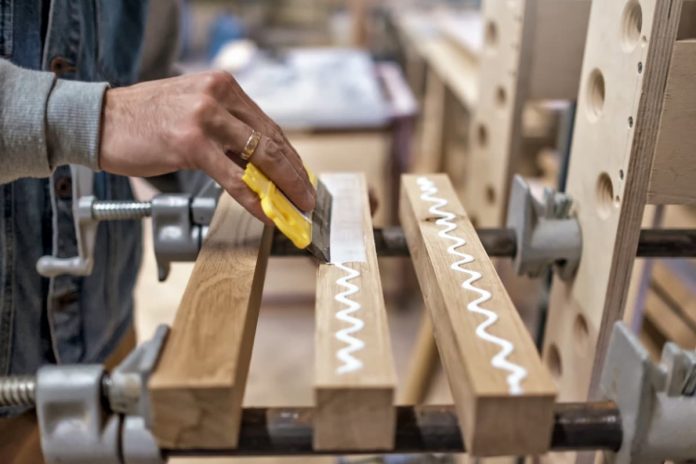If you’re a DIY enthusiast, then eventually you’ll need to use some sort of sealant or adhesive around your home. They can be used for a wide variety of tasks and are usually inexpensive and easy to use. However, it’s important to know the correct one to use, as well as following the directions closely. Sealants and adhesives may be on the same shelf at the hardware store, but they’re very different things, so here’s a quick guide to ensuring you use the right product.
Sealant types
It’s difficult to sum up what sealants do, as there are so many types available, but basically sealants fill gaps between two or more substrates and then harden, creating a physical barrier. By restricting the flow of air or water, sealants can protect from noise, draughts and much more.
There are a number of different sealants available, so it’s important to use one that’s suitable for your specific task.
Soundproofing
If you’re working on a soundproofing project, it’s important that all gaps are filled, as even small cracks could ruin the effect. There are many different ways to soundproof a room, whether it’s because you want to build a music studio, or need more peace and quiet, many people forget about filling in the gaps and corners. Using an acoustic sealant is an easy way to finish the job to a professional standard.
Floor sealants
Many types of flooring are porous, which means they can soak up liquids and become damaged over time. There are a number of sealants on the market that can help create a protective layer, helping your floor last for longer. Make sure you get the right sealant for your floor type, as there are products for granite, hardwood and other flooring materials.
Draught proofing
Move into an older property, and you’ll soon notice that it can be difficult to heat these properties. Old building materials crack over time, but rather than replacing these original features completely, using a foam sealant can be a quick, inexpensive way to carry out repairs. Foam sealant usually comes in a can, so you spray it on in layers, leaving it to dry before trimming for a neat look.
Sealant materials
Around the hardware store, you’ll find a number of specialist sealants made to work with different materials, such as:
- Latex sealants – these are an inexpensive way to stop leaks and cracks and can be painted over
- Metal sealants – these are usually used by construction professionals in jobs such as fixing metal roofs and windows
- Polyurethane – although more expensive than other options, polyurethane sealants are extremely tough and can be used with plastic, wood and much more
- Silicone – silicone sealants are often used in bathroom installations and around window frames, and although expensive, they are strong and flexible, standing up to high temperatures
Adhesives
There are many different types of adhesives on the market, allowing you to easily carry out a number of DIY jobs, whether you’re installing flooring, tiles or skirting boards. PVA is one of the more common adhesives used in DIY jobs, as it dries clear and many types are waterproof so it’s good for areas such as kitchens and bathrooms.















